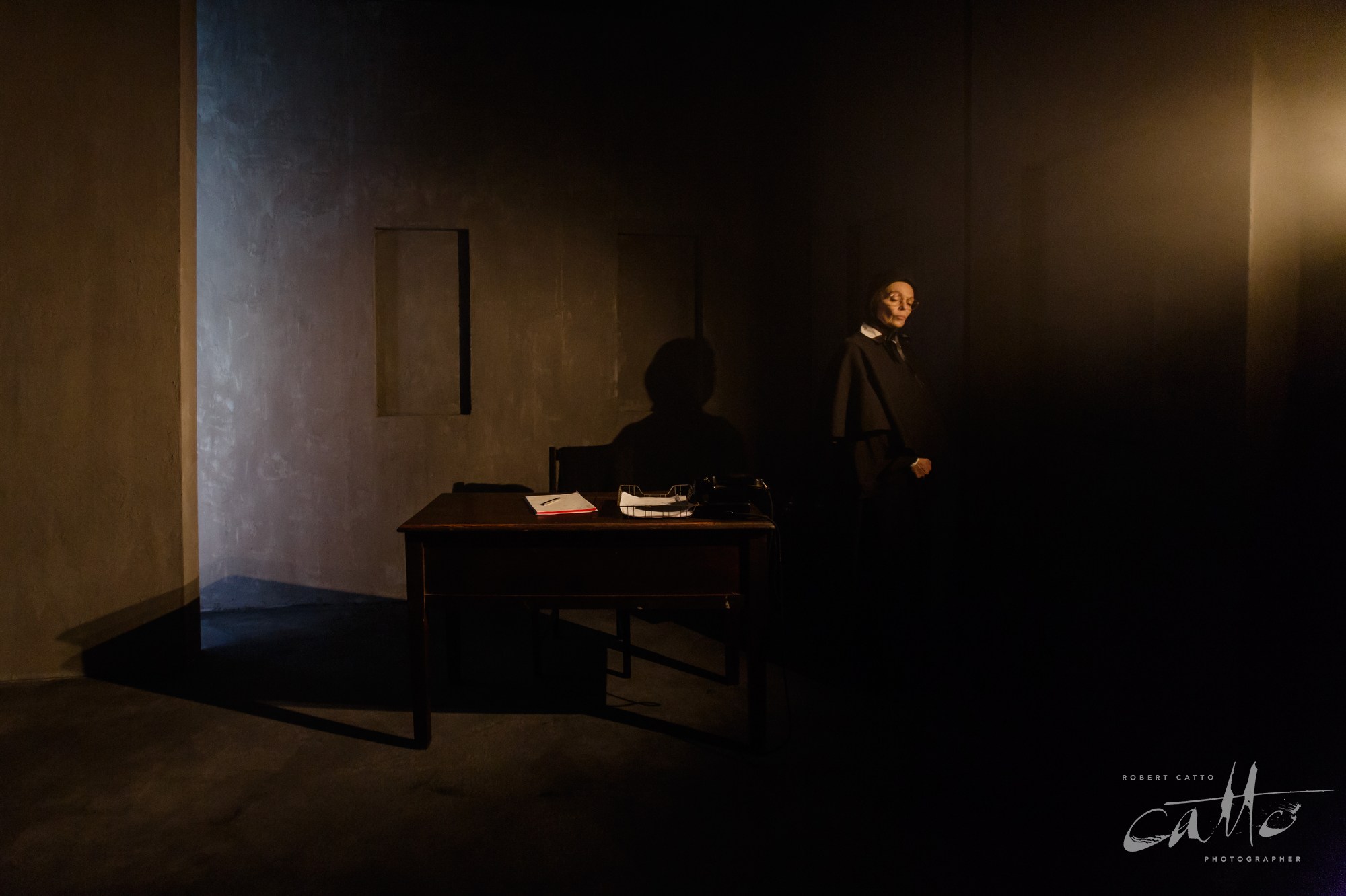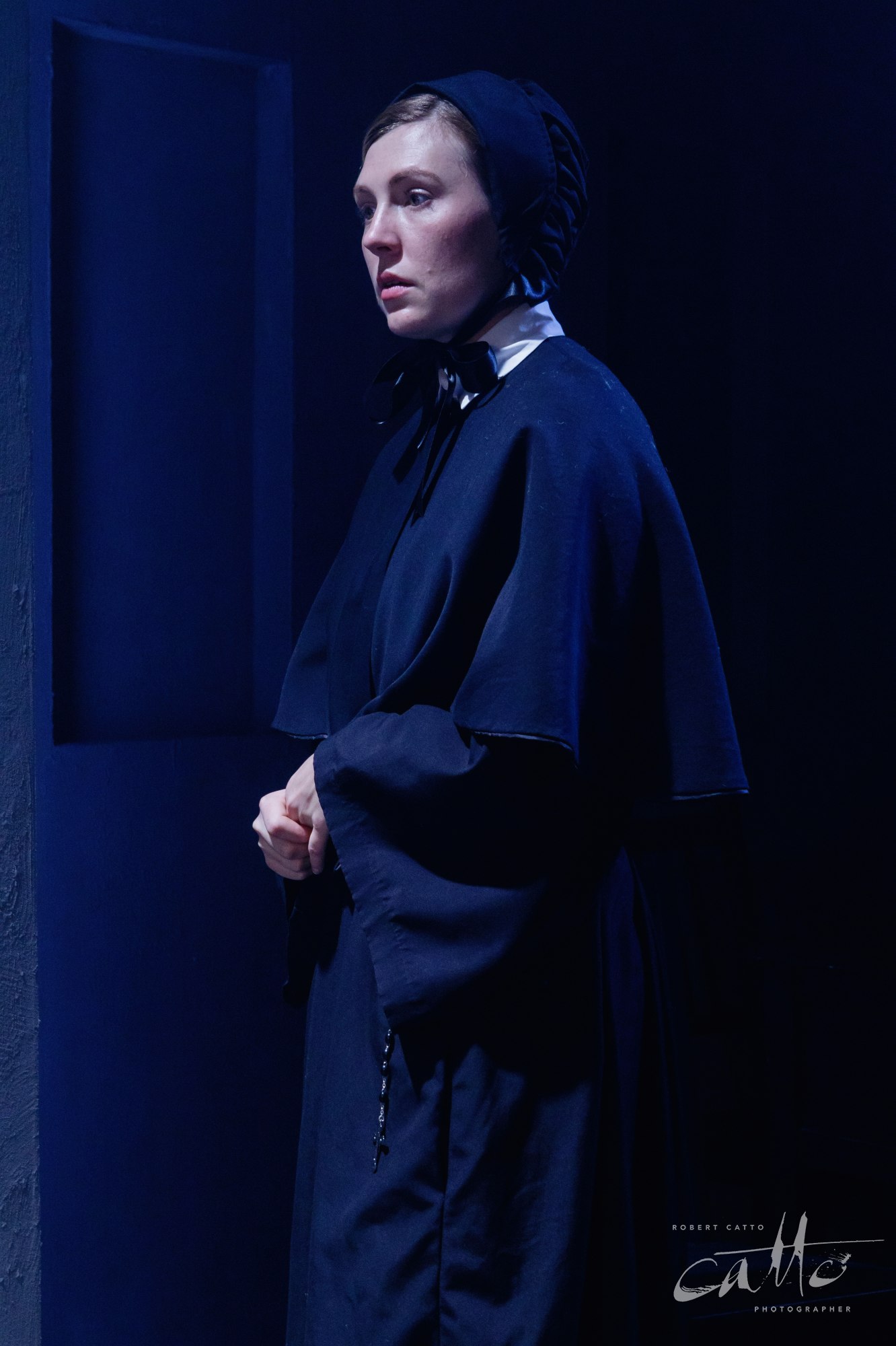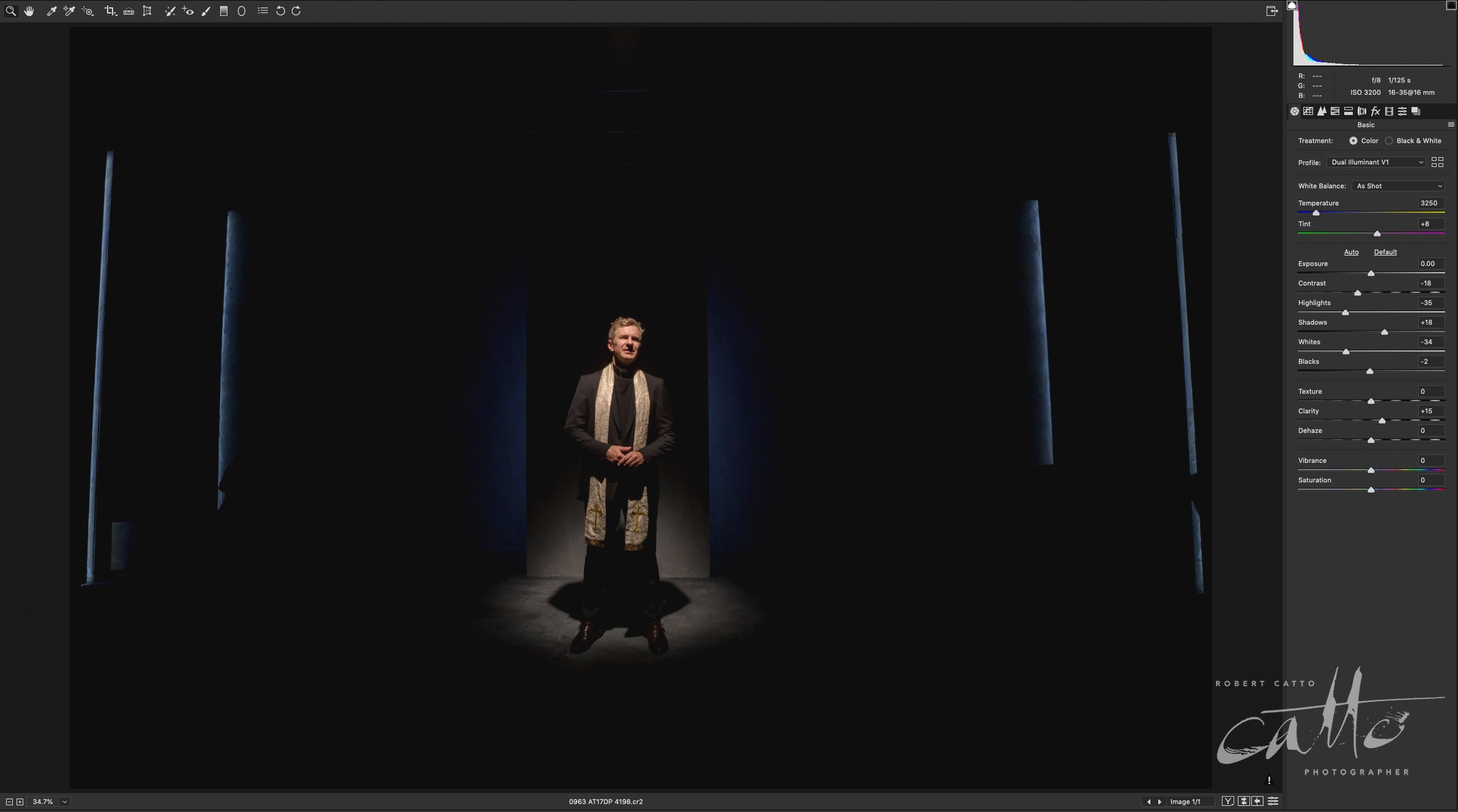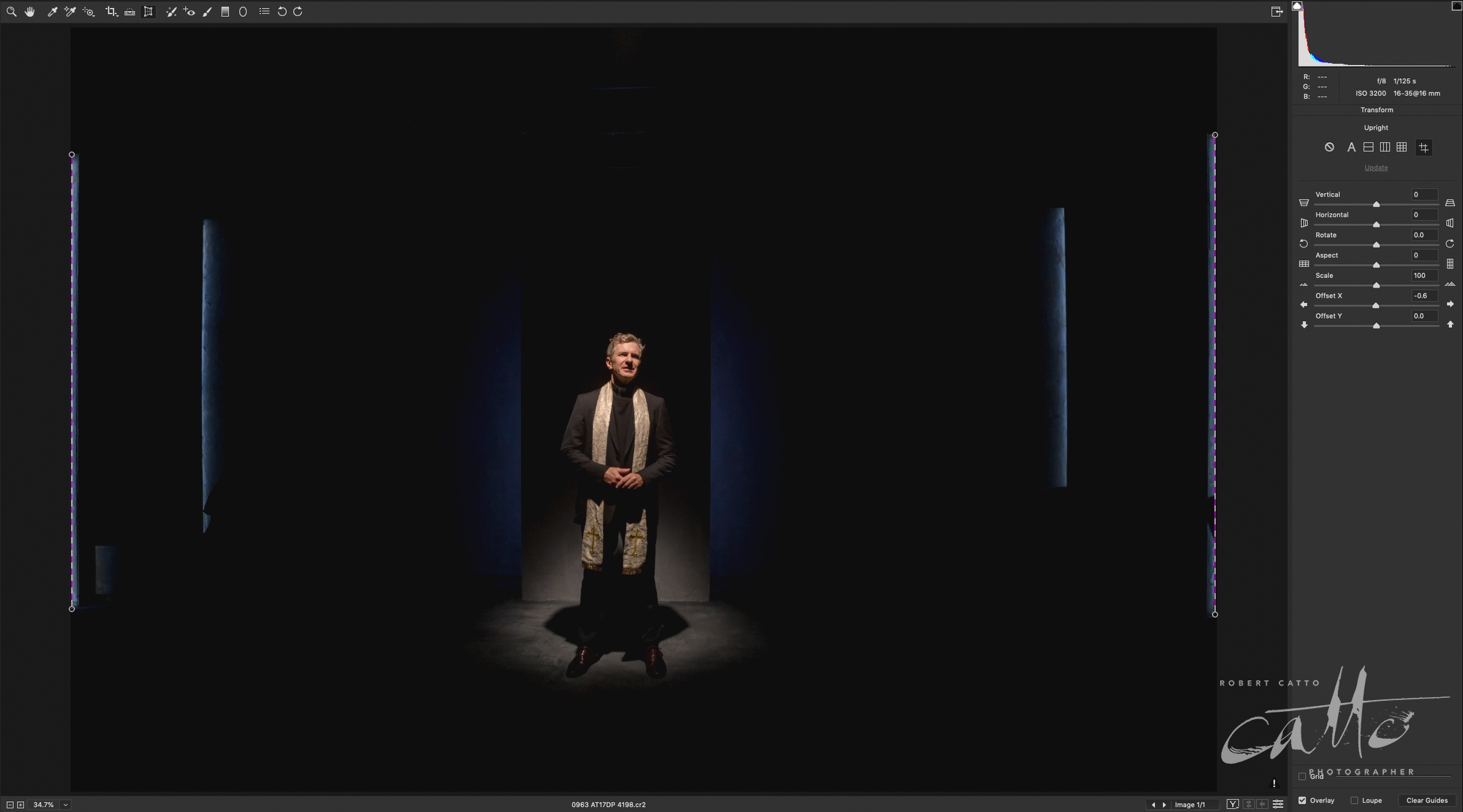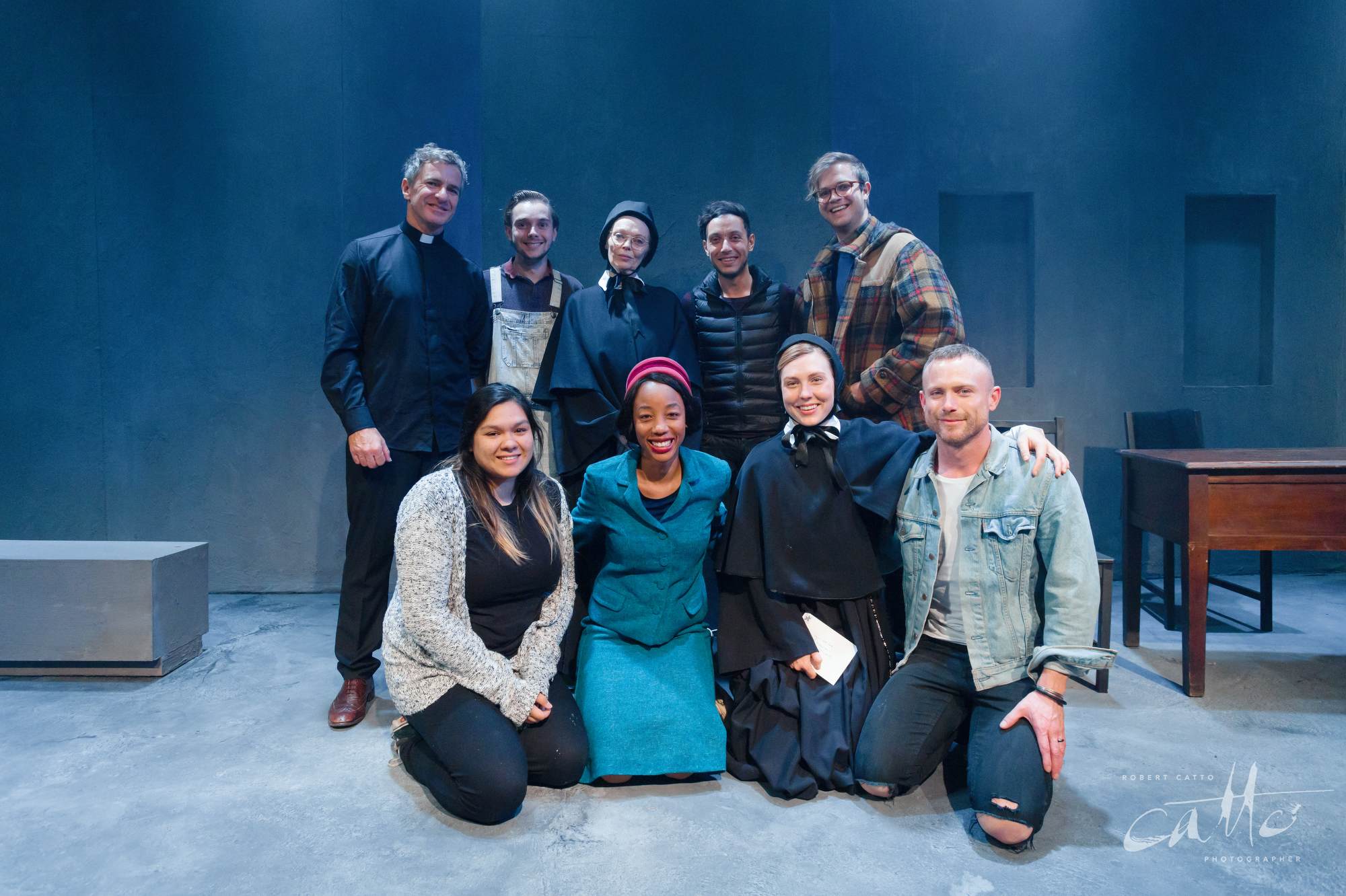Photographing the arts: on deadlines (or, the best you can do by Tuesday)
“It was a matter of the best you could do between now and Tuesday.” However, he was quick to add, “the best you could do between now and Tuesday is still a kind of best you can do.”
— Charles Eames, quoted in Doing Quality
I first heard this quote from cinematographer Alex Funke, at the time a neighbour of mine in New Zealand - who worked for many years in the offices of Charles & Ray Eames - and it stuck with me as being something that applies to all creative work, especially in performing arts.
We’re almost always trying to do more with less, in a shorter time, with huge ideas, and limited budgets. When I talk to photographers who do other kinds of work (like commercial or wedding photography), they’re shocked that I’m frequently delivering hundreds of images within 24h of the shoot, so they can be available for media in time for opening night; but that’s just the job of a production photographer, really.
I’ve talked before about the range of possible uses for production photography, from social media within hours of the dress rehearsal right through to archival use decades from now, and how the photographer has to balance all of these possible requirements (while maximising image quality) on the go during the shoot, when choosing which images the client sees, and during the editing process.
And that’s the thing: there are so many creative decisions being made in such a short period of time - between positioning myself in the theatre and choosing the lens I’m on at any given moment, to selecting one of ten quite similar frames to find the one with the best expression or emotional impact, to tweaking the colour balance just slightly to keep the images consistent across a production - that of course, if I were to do it all again, the results would be different.
But, is that a problem? Or is that just part of a photographer’s continued learning of their craft, a honing of my instincts, an ongoing training of my eye for picking out what matters in a production image?
I’ve found over the years - as I mentioned briefly on the Closing Time Theatre Therapy podcast recently - that I used to think I’d get faster at editing images, that the decisions would become easier with experience. But in fact, what happened is that my standards changed - every time I learned something new, I realised how much more there was to know about what I do.
So even the idea of ‘doing my best’ is a moving target - or it certainly should be. My best today should be a step beyond last year’s best, which was better than the year before; but of course every show is different, every image unique, so it’s hard to track that kind of progress, except by reviewing old images and seeing things I didn't notice at the time.
Looking back at this 2017 production of Doubt by Apocalypse Theatre, for example - which I had fully intended to write about at the time, but didn’t manage to - director Dino Dimitriadis and I had talked about the scale of the set as a metaphor for the oppressive, overarching organisation of the church which is at the heart of the play; to me that also meant I should pay attention to the architectural quality of the piece, and try to frame the images appropriately to support that design element.
So from a pragmatic perspective, that meant trying to keep the camera level - both in terms of the horizon running from left to right in the frame, but also keeping myself relatively low in the seating at the Old Fitz, so that the camera wouldn’t be pointed down at the stage, causing the vertical lines to converge in the images. It’s like keystoning of an image with a projector - same theory, in reverse.
Of course, this was two years ago now; and at that stage I hadn’t really worked with Photoshop’s perspective correction tools in the Camera RAW app, which were fairly new at that time. These are really powerful, if you have time to investigate and learn to use them - which, in the last two years, I have.
So here’s an example - first the version I did at the time for immediate use with reviews and on social media, then a new perspective correction / transform version:
It’s quite a small change - but something I’d definitely notice, and pause to fix, now. My standards have changed, over those two years, as they should; and ‘the best I can do by Tuesday’ is better than it was a few Tuesdays ago.
There are always deadlines, budgetary limitations, external constraints that come with every project - and they're never an excuse for lowering your standards. But there's also no reason to beat yourself up over how much better you could have done something, if only you’d had more time, money, experience, knowledge, etc. At any time, I do my best, within a project’s limitations that are out of my control - then, I should be happy with the work I did, take those skills with me into the next project, and not look back too much on what I could have done better if the circumstances were different.
I did the best I could do, between now and Tuesday - and that's still a kind of best I can do.
Doubt: A Parable
Director Dino Dimitriadis
Producer Apocalypse Theatre Company
Set and Costume Designer Jonathan Hindmarsh
Lighting Designer Alexander Berlage
Cast Charmaine Bingwa, Damian de Montemas, Belinda Giblin and Matilda Ridgway


